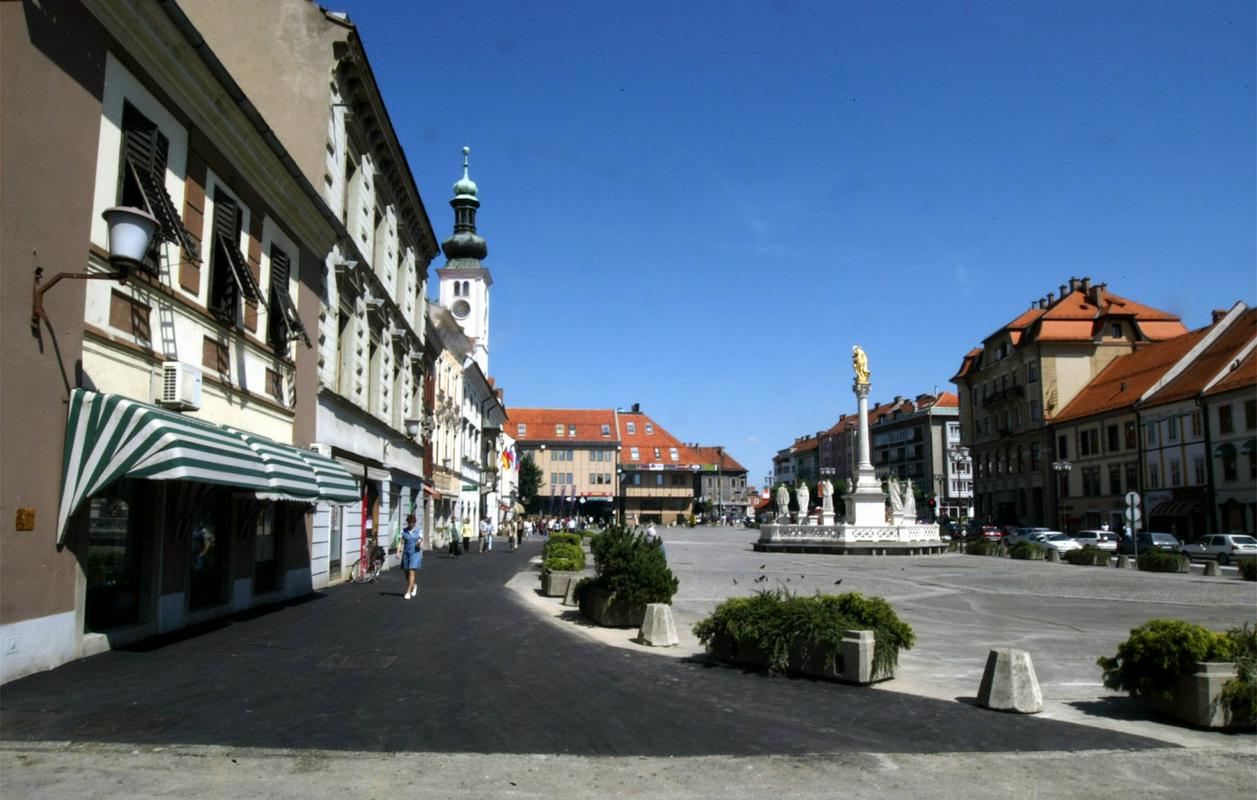
In the late 17th century, Slovenia’s second city was ravaged by the plague, an outbreak that left a third of the town’s population dead. In gratitude, the survivors followed the European tradition of the time and erected a plague column devoted to the Virgin Mary.
Less than a century later, in 1743, the original column was replaced by a new monument designed by a local craftsman named Josef Straub. Also devoted to the Virgin Mary, whose gold statue graced the top of the eight-meter-high column, the new monument also featured ornate Baroque decorations, as well as several statues of saints. The saints, ranging from St. John the Baptist to St. Rosalie, were selected by the people of Maribor in what was a highly democratic addition to the monument. The column became a local landmark and was eventually recognized as one of the finest examples of Baroque design in the Slovenian Lands.
The passing of time did not always spare Maribor’s impressive monument. Over the years, two of the eight saints were destroyed, and in the late 20th century, pollution from cars and factories began to degrade the monument. In 1990, the original was removed from public view and was replaced by a copy. Almost three decades later, the original has still not been put on display; it remains in storage and much of it is reportedly in a poor state. But the copy reminds locals and visitors alike of the outbreak that once ravaged Slovenia’s second city – and serves as an example of the town’s impressive artistic heritage.

































































